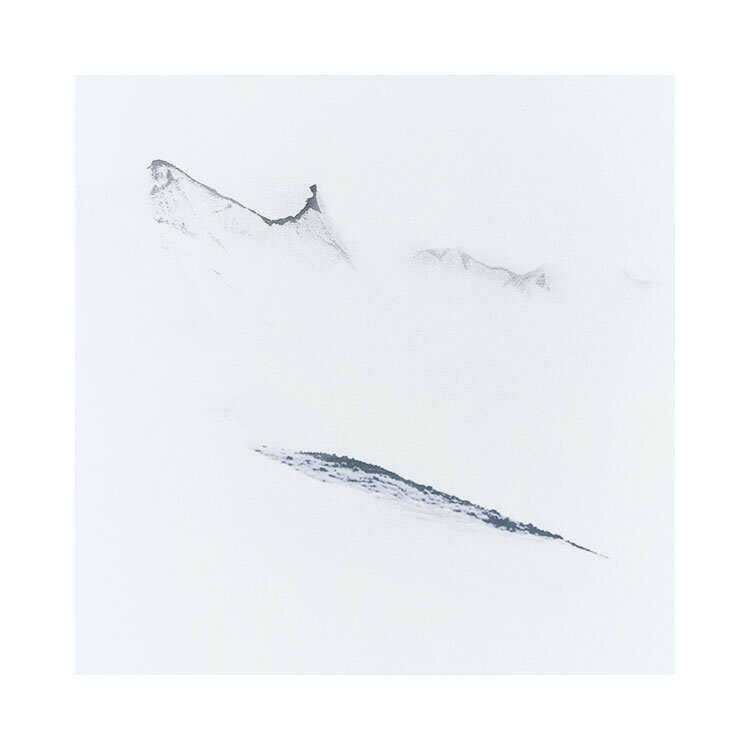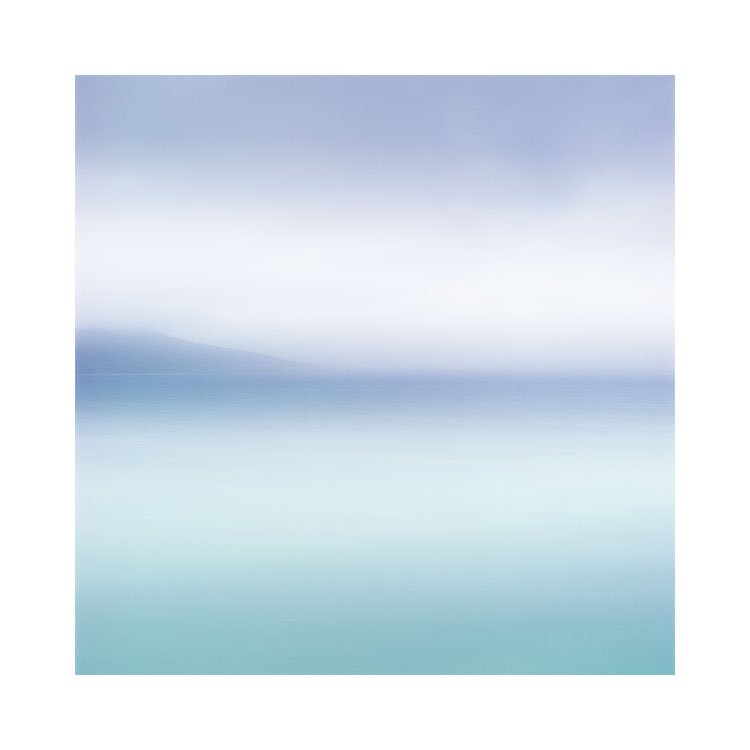I spent a week around mount Fuji this January. I will refer to Mt `Fuji as ‘Fuji San’ for the rest of this post.
For many years now, I have found that while away for a week or two making photographs, I often build up an impression in my mind as to how the work is progressing. This impression may be as vague as simply knowing that I have encountered enough scenes to produce a portfolio of maybe six to nine images. Or it may be more concrete. I may have two or three very strong compositions floating around my mind.
I am a strong believer in trusting my impressions: if I find a scene that is strong, and feel I’ve found a solid composition of it, then the image will tend to linger in my mind for the remainder of my time away.
Since I am a film shooter, I cannot review my work until I return home and get the films processed, so I have found that impressions are incredibly valuable in guiding my creativity.
I think building up an impression of your imagery as you go through a week’s photography is a good skill to develop. I would say: when I started out, I often found there was a huge disconnect between what I had seen and what I had actually captured. As the years have rolled on and my experience has grown, I find that there is less of a disconnect between what my impressions were, and what I actually got in camera.
I have never heard of anyone else talk about this, but I think developing an awareness for how the shoot is progressing is something we should all do. I would wager a bet that most of us tend to build up an intuitive feeling about the images we’re collecting over a week or two of shooting, but I’m not sure that most of us take it any further than this.
With regards to my shoot around Fuji San, I had the overriding feeling that the set was going to have a stark look to it. There were one or two images that were lurking around in my mind but they didn’t feel compositionally strong. They remained in my mind because of the atmosphere that I was immersed in whilst making them. These are the lake shots you see here.
I have found that my own criteria for what I’m looking for has changed over the years; if I can find strong compositions this is great, but if not, I can easily work with places where atmosphere and light compensate for any lack in subject interest. I would put this down to experience. I have made many portfolios that are about the quality of the light rather than subjects.
The weather during my week had been mixed, but I had noticed that most of the images that were floating around my mind had come about during days when it was snowing quite heavily. I had a hunch that the final resulting set would be fairly monochromatic as a result. But that was really about as far as it went.
All this gave me, was the overall feeling that I had enough images to make a portfolio, and that they were going to be centred around the light rather than any solid subjects. I was aware that I had made a few shots of Fuji San, which didn’t quite fit into the same category; they were unashamedly subject related: the mountain was all consuming. When returning home I remember thinking on the plane how I could marry the more etherial shots with the more traditional ones of Fuji San. I also considered that it was perhaps fortuitous that there were no contenders in the more anonymous shots to compete with Fuji San. The portfolio would be a collection of images of the volcano, and more supportive, secondary shots that provided more of a context than anything.
Lastly, although I love listening to the impressions that I build up whilst on location, as they help steer me, or perhaps just give me confidence to keep going, I do not religiously hold to any ideas I had while on location. I am no fan of pre-visualising the final work. I am more than happy to come home and whilst editing the work, if I feel the work wants to take a very different route, then I go with it. Pre-visualisation in any form is tantamount to creative-constipation in my view. I do like to listen to how I am feeling about the work I’m producing whilst on location, but it is only as a guide. It allows me to make the work, but it does not instruct me on how to edit it once home.






















